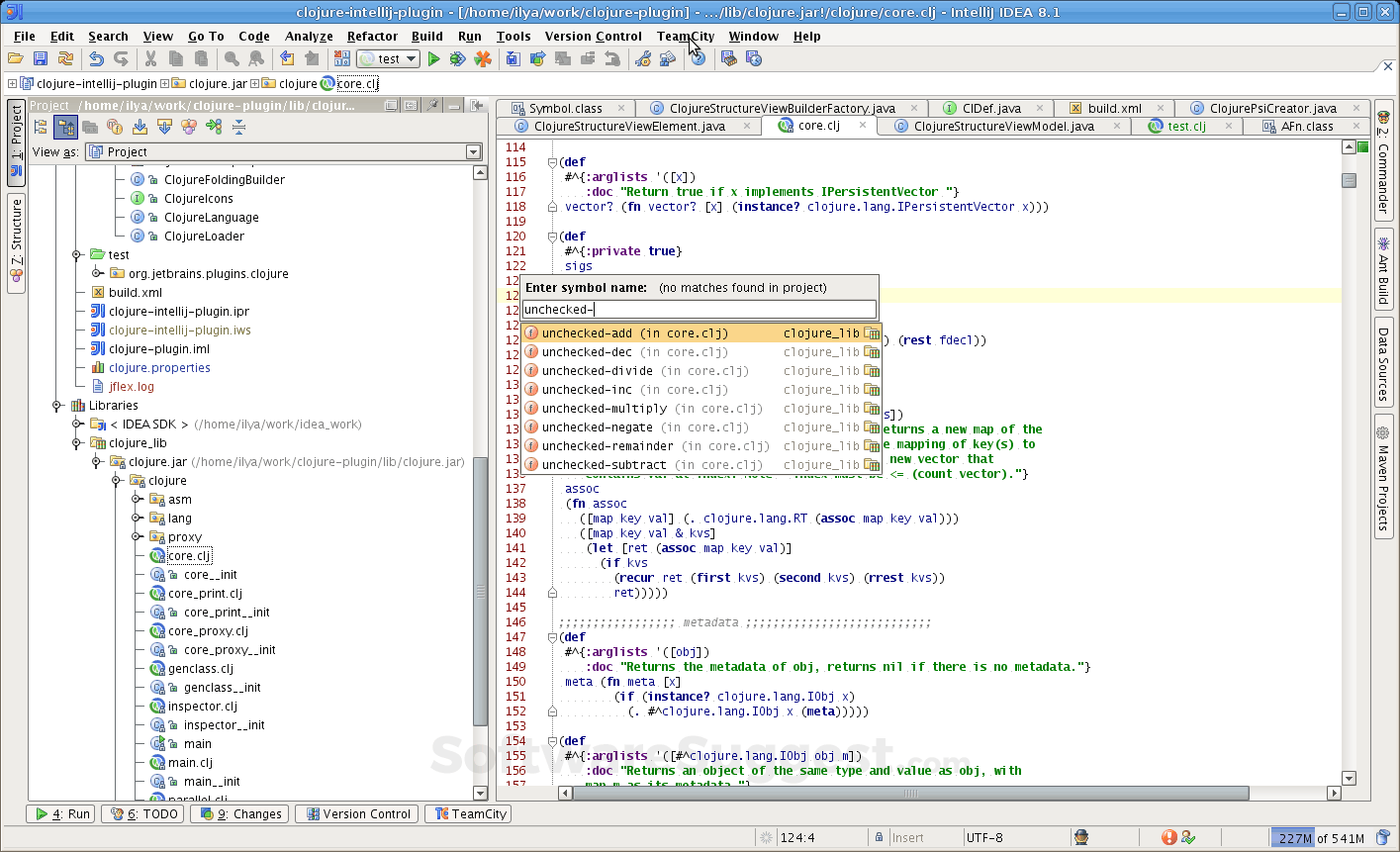

- #INTELLIJ APPCODE FOR FREE#
- #INTELLIJ APPCODE INSTALL#
- #INTELLIJ APPCODE UPDATE#
- #INTELLIJ APPCODE FOR ANDROID#

Once you have installed and configured your plugin your are able to manage your snippets directly from the IDE. If you are logged in you will see a page like this.Ĭlick Allow button and you will receive a Verification Code then copy and paste it to the Login dialog Usage
#INTELLIJ APPCODE INSTALL#
You can also install the plugin manually downloading the zip from JetBrains Plugin Repository LoginĪfter installation click on Login > Authenticate… buttonĪ new page will be opened on your browser where your credentials are requested.
#INTELLIJ APPCODE UPDATE#
Update live templates to not use double underscores thanks spkersten on Githubĭetect repeated Flutter daemon crashes and provide a recovery hint The dependency on the AppCode APIs must be declared in the plugin.xml file. Stop displaying Flutter tool windows for non-Flutter projectsįix a couple of problems with embedded Inspector display on Linux
#INTELLIJ APPCODE FOR ANDROID#
We are working on (limited) support for Android Studio canary (Bumblebee) but it is not ready yet. Thanks for the contribution! Supported Platforms And now, thanks to a contribution by Github user hrishikesh-kadam, it also locates the cursor at the same position as in the original editor. The Open for editing in Android Studio menu item opens the current file in a new window of Android Studio. Jump to Cursor When Opening Android Studio When targeting 2020.3, please see this migration guide. Configuring Plugin Projects Targeting AppCode.
#INTELLIJ APPCODE FOR FREE#
Qualifying Open Source projects can apply for free licenses of JetBrains products. If AppCode launches but does not open the module, just navigate to it and open it the next time it will do what you expect. Plugin projects targeting AppCode can be developed using IntelliJ IDEA with the Gradle IntelliJ Plugin. There’s a new menu item Open iOS module in AppCode, parallel to the Xcode one.Ĭaveat: The module must have been opened by AppCode previously for it to be opened by this menu item. If you are a fan of AppCode, we have good news! You can now open the iOS module directly in AppCode, just as you’ve been doing for Xcode. Flutter requires some parent environment variables. The environment variable editor dialog includes an option to omit parent environment variables. You can edit the text directly or use the structured editor accessed by the icon to the right of the field. Define Environment Variables for Desktop Platformsįor Desktop platform launches, it is now possible to define custom environment variables. Note that there are a few packages that are known to not work they are mentioned in the sample code. If it does not, please create an issue in our repo. If you are the author of an icon package, please ensure your package works with this new feature. It won’t work for expressions like LineIcon.addressBook() or LineIcons.values, for example. Note that this works for icons defined as static constants in a class, as shown in the sample code in the screen shot. There is a new text field in the plugin settings/preferences page: To enable icon previews you need to tell the plugin which packages you are using. Many of those that are distributed with a *.ttf font file can now be previewed in the editor, as Material and Cupertino icons have been. There are a number of icon packages available at pub.dev. Flutter IntelliJ Plugin M59 Release Icon Font Image Previews


 0 kommentar(er)
0 kommentar(er)
